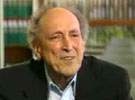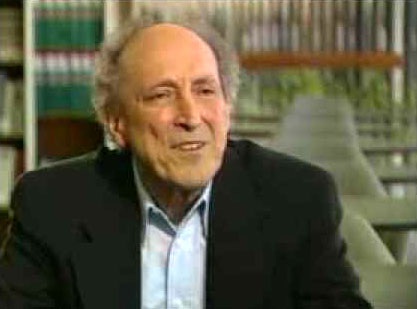SMU alumnus Robert Dennard wins prestigious Kyoto Prize
SMU alumnus Robert Dennard wins prestigious Kyoto Prize for inventing the memory chip.

IBM Research scientist Robert Dennard, who at age 80 still comes to work at the lab nearly every day, has been awarded the Kyoto Prize—one of the world’s most prestigious recognitions for personal achievement. He will receive the Advanced Technology Prize in Electronics at a November ceremony in Japan.

“I knew it was going to be a big thing, but I didn’t know it would grow to have the wide impact it has today,” Dennard said in an earlier interview. He was awakened at 1:48 a.m. today by a call from Japan informing him he had won the prize. “I’m feeling quite elated,” he declared a few hours later.
In addition to DRAM, Dennard also pioneered the theory of device scaling—figuring out how to shrink microcircuits in every dimension. He and his team laid out the technical requirements for making memory chips smaller and faster, principles that were also applied to processor chips. Those rules provided a recipe that chip designers have followed ever since. Today, thanks to Dennard’s insights and much innovation by generations of scientists, billions of transistors can now be placed on a single chip. . .
IBM Research Senior Vice President John E. Kelly III congratulated Dennard, and said he’s an exemplar of one of IBM’s core values – producing innovation that matters for IBM and society. “Bob is the consummate Wild Duck” he said. Kelly was referring to IBM’s tradition of encouraging scientists and engineers to try out unorthodox ideas and approaches to solving problems.
Sometimes the Wild Ducks really go it alone. That was true for the DRAM. The idea underlying his invention came to Dennard in 1966, when he was sitting on a living room couch in his Westchester County home. Earlier in the day at the IBM Research lab in Yorktown Heights, N.Y., he had listened to another research team discuss improvements they planned for magnetic core memory, a technology that was used in mainframe computers. He was impressed with the simplicity of their design. His approach for is his own project, designing memory technologies for metal-oxide semiconductors, was quite complex—using six transistors for each bit of information.
On the spot, he came up with a technique for using a single transistor for each bit of data. He drew sketches on a pad of paper to help him visualize how it would work. That was the breakthrough idea that paved the way to the invention of DRAM. He developed it further in his spare time while working on other “official” projects. The patent was issued in 1968.
But Dennard said he didn’t usually work by himself. “I’m not really a Wild Duck. Most of my work was done with teams of guys, which is really the most powerful way of solving problems,” he said. “You want to have groups of people with different kinds of knowledge, working together and sharing ideas.”
# # #